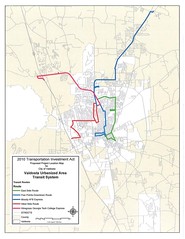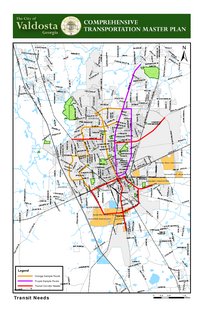Megan McArdle wrote in the Atlantic 21 June 2011, Georgia’s Harsh Immigration Law Costs Millions in Unharvested Crops. She started by quoting Jay Bookman, who quoted the VDT. She then goes into the economics:
Yes, that would be the problem. A law that benefits private prison company CCA at the expense of Georgia taxpayers while putting Georgia farmers out of business.The economics here aren’t particularly complicated, and I’m sure they won’t be new to the sophisticated readers of the Atlantic, but they are useful to look at and consider explicitly when thinking about issues like this.
It goes like this. If you’re not going to let illegal immigrants do the jobs they are currently being hired to do, then farmers will have to raise wages to replace them. Since farmers are taking a risk in hiring immigrant workers, you can bet they were getting a significant deal on wage costs relative to “market wages”. I put market wages here in quotations, because it’s quite possible that the wages required to get workers to do the job are so high that it’s no longer profitable for farmers to plant the crops in the first place.
She concludes: Continue reading






 …including the creation and maintainance of a Public Transit System in the City
of Valdosta and Greater Valdosta-Lowndes County.
…including the creation and maintainance of a Public Transit System in the City
of Valdosta and Greater Valdosta-Lowndes County.



